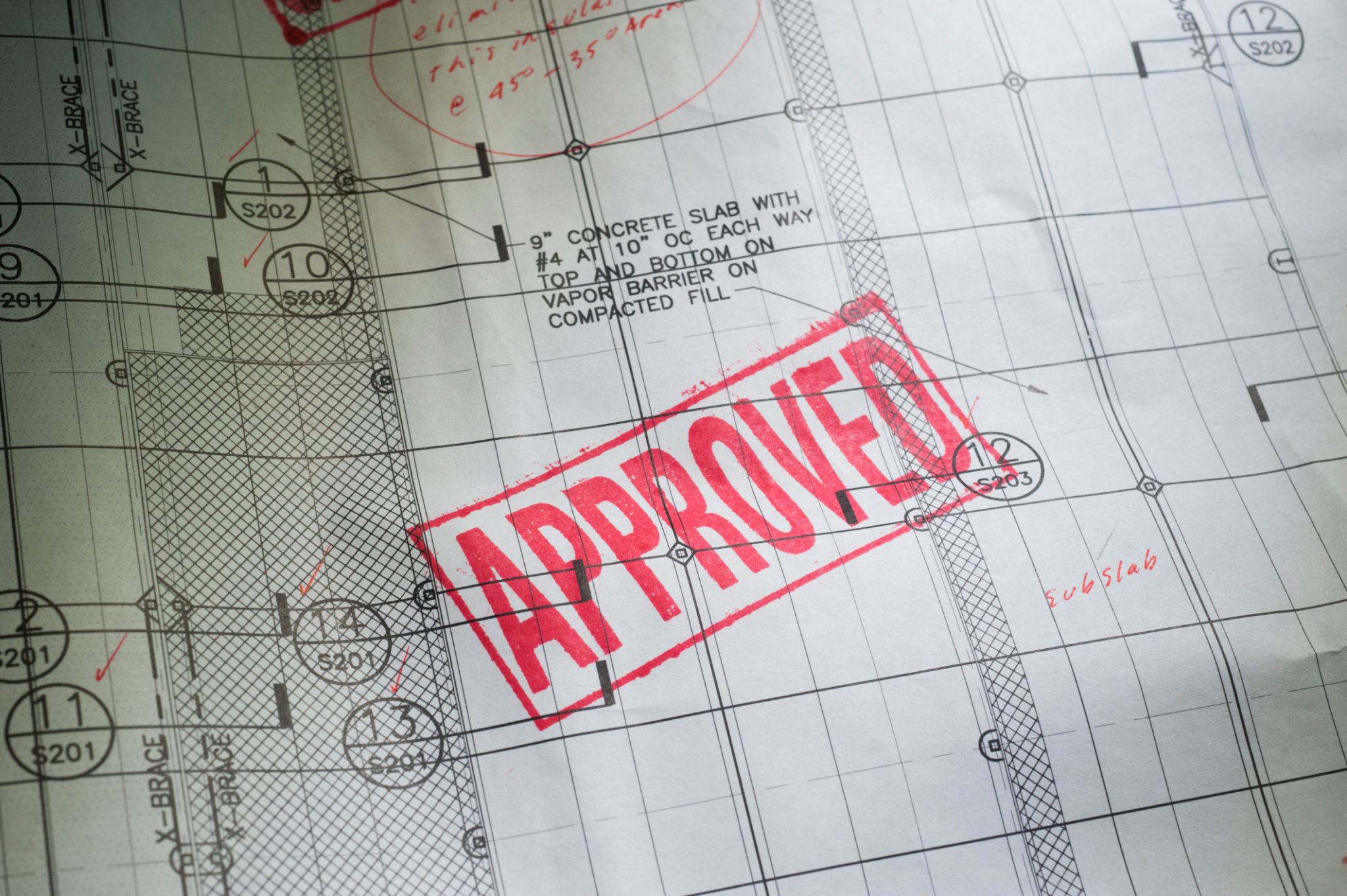Navigating Hawaii's Regulations for Landscape and Excavation Projects
Understanding Hawaii's Regulatory Landscape
Hawaii's lush landscapes and unique geography make it an attractive location for landscape and excavation projects. However, navigating the state's regulations can be complex. It is crucial for contractors and property owners to understand the specific requirements set forth by local authorities to ensure compliance and avoid potential fines.

Hawaii's regulatory framework is designed to protect its delicate ecosystem while promoting sustainable development. This means that any landscape or excavation project must adhere to strict guidelines to minimize environmental impact. The first step in any project is to understand which permits are required based on the scope and location of the work.
Key Permits and Approvals
Before breaking ground, you must secure the necessary permits from various state and local agencies. Common permits include:
- Grading Permit: Required for any significant earth-moving activities.
- Special Management Area (SMA) Permit: Necessary for projects near the coastline or within designated management areas.
- Building Permits: Essential for structures or alterations, including retaining walls or large-scale planting.

Each permit application must be accompanied by detailed plans and documentation. Consulting with a local expert familiar with Hawaii's regulations can streamline this process significantly. They can provide valuable insights into specific zoning laws and environmental considerations that may affect your project.
Environmental Considerations
Hawaii's natural beauty is one of its most treasured assets, and preserving it is a top priority for the state. Projects must consider potential impacts on native flora and fauna, water quality, and soil erosion. Environmental assessments or environmental impact statements might be required, depending on the project's scope and location.

Mitigation measures, such as erosion control plans or habitat restoration proposals, may be necessary to gain approval. These measures not only protect the environment but also demonstrate a commitment to sustainable development practices.
Working with Local Authorities
Maintaining open communication with local authorities is vital throughout the project lifecycle. Regular updates and inspections may be required to ensure compliance with regulatory standards. Building a positive relationship with these entities can facilitate smoother project execution and help address any issues promptly.
Engaging with community stakeholders can also be beneficial. Community input can provide additional insights into local concerns and help foster support for your project.
Navigating Challenges
Despite thorough planning, challenges may arise during landscape and excavation projects in Hawaii. Common challenges include unexpected site conditions, weather-related delays, or changes in regulatory requirements. Being prepared to adapt your strategies and having contingency plans in place can mitigate these issues effectively.

A successful project not only meets regulatory requirements but also respects Hawaii's cultural heritage and natural environment. With careful planning, collaboration with experts, and adherence to regulations, you can navigate Hawaii's landscape and excavation projects smoothly.